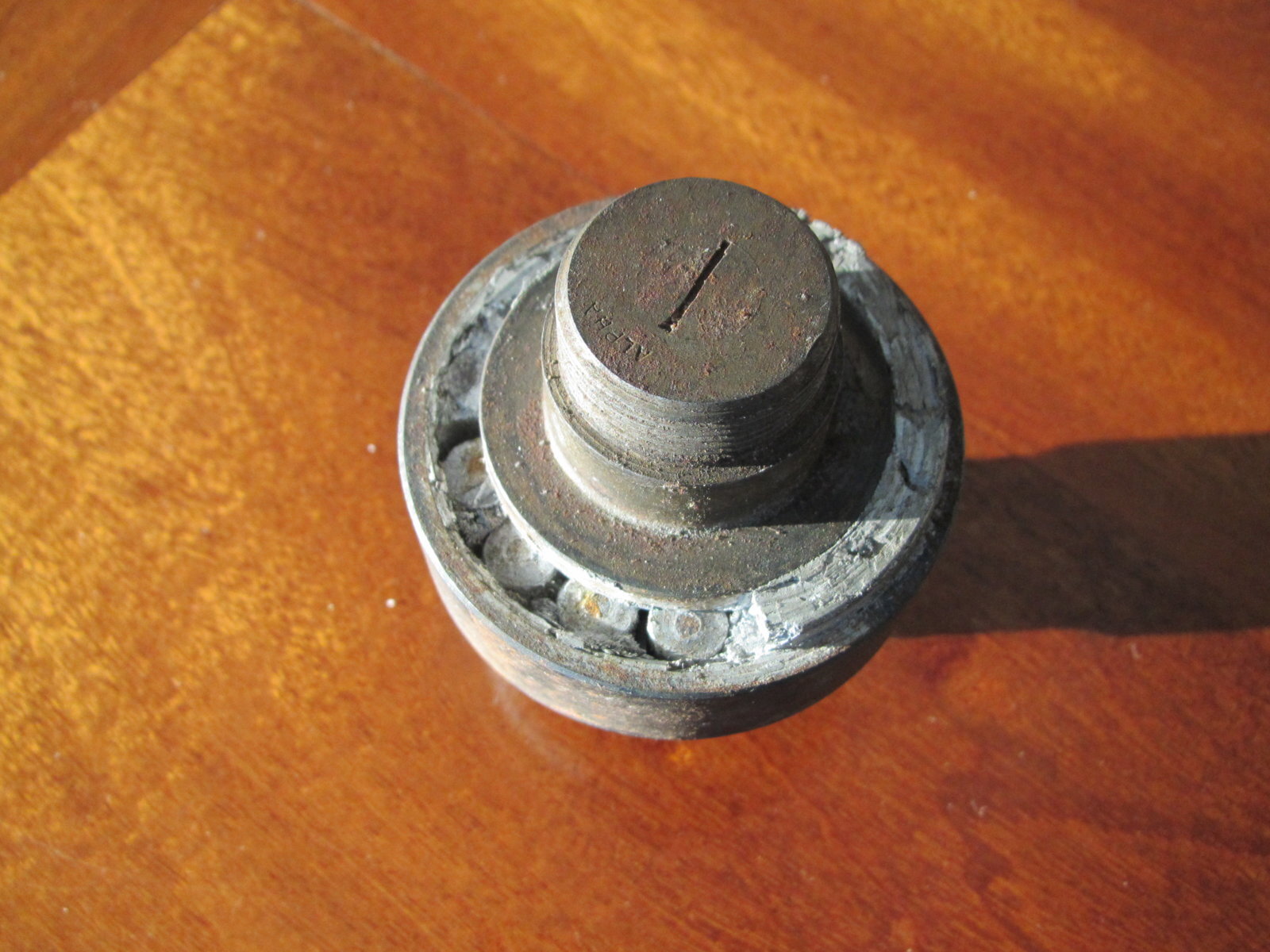Good luck with it Rodge. It is, after all, your one chance to get it right.
I don't envy you the job mind.
I don't envy you the job mind.

Mains replacements will be the only way to sleep easy,
On a plain bearing crank as in the 1H series (and most other) engines oil aeration is bad news. Yes, some oil gets through but not enough to maintain film strength and prevent metal on metal contact. Some engines, particularly high performance or race engines use roller or ball bearing bottom ends. The crank bearings on my dirt bike are roller not plain as a precaution against oil aeration which can happen under severe use. Roller bearings can survive on an oil 'mist', hence their use in 2 stroke engines, unlike plain bearings which require a constant pressure feed.
The cranks in the Kawasaki Z1 engines in the Z1/Z900/Z1000 bikes were all roller bearings. Massively over engineered for road use but gained a reputation for being unburstable no matter how much you tuned them. The down side is the extra weight of the crank/rod assembly.
Agree, location of seals being a very valid point - decision made, lump out

 TP this happened to my 1933 International Norton in 1962. As you can see it is a roller big end bearing with aluminium cage which melted then stopped the rollers turning. The outer race turned in the con rod and the engine still ran but with clouds of smoke from the breather. I had run out of oil after riding it back to my house from Morton Valance aerodrome where I had getting it up to top speed. Just as in the photo. No number plates, insurance nor tax, loud exhaust etc etc. Straight through the middle of Gloucester.
TP this happened to my 1933 International Norton in 1962. As you can see it is a roller big end bearing with aluminium cage which melted then stopped the rollers turning. The outer race turned in the con rod and the engine still ran but with clouds of smoke from the breather. I had run out of oil after riding it back to my house from Morton Valance aerodrome where I had getting it up to top speed. Just as in the photo. No number plates, insurance nor tax, loud exhaust etc etc. Straight through the middle of Gloucester.The research Ive done seems to point at its much easier to do the mains when the lump is out but according to the Max Ellery manual it can be done in situ - works been manic busy this week, hoping to get cracked on during boxing day! Will report back.
Agree, location of seals being a very valid point - decision made, lump out

I changed my BEBs at 230k km and the old ones would have been good for another 230k km, I'm sure. Still, it's good insurance against a disaster...
